Plants Grow Well Together: A Guide to Companion Planting Success
Like humans, different plants get along far better with some plants than others. Indeed, particular plants not only coexist well but actively support each other. Welcome to the world of companion planting!
Companion planting is all about strategically placing plants together so they can benefit one another. Whether it’s boosting growth, deterring pests, or enhancing soil health, companion planting offers a natural way to create a thriving garden. The question though is which combinations of plants work best?
Below, we’ll explore the best plant pairings, tips for improving your garden’s yield, and how to use flowers to support vegetable growth. With just a little planning you can achieve so much more with your garden, so set ready to transform your beds and containers into a harmonious,
Appreciating Companion Planting

When you plan out your garden planting you should consider the purpose of every plant and helps its potential neighbors thrive so that the garden can benefit from the magic of companion planting. This time-tested gardening technique pairs plants in ways that benefit both their growth and overall health. Let’s dive into what companion planting is all about and why it’s a game-changer for gardeners.
Definition and Importance
Companion planting involves growing different plants close together based on their ability to enhance each other’s growth or offer protection from pests. This practice can lead to healthier plants and bigger harvests. It’s not just about placing plants next to each other; it’s about understanding the relationships between them and leveraging those interactions for a more productive garden.
Historical Context
Traditional gardening methods have long used companion planting. Native American gardeners, for example, employed the Three Sisters method, growing corn, beans, and squash together. Corn provides support for bean vines, beans add nitrogen to the soil, and squash spreads out to block weeds. This harmonious approach to planting not only maximizes space but also improves the resilience and yield of the garden.
Companion planting is a simple yet powerful way to make the most of your garden space while working with nature. Understanding the basics will set the stage for more advanced tips and techniques to follow.
Enhancing Garden Yield with Companion Planting
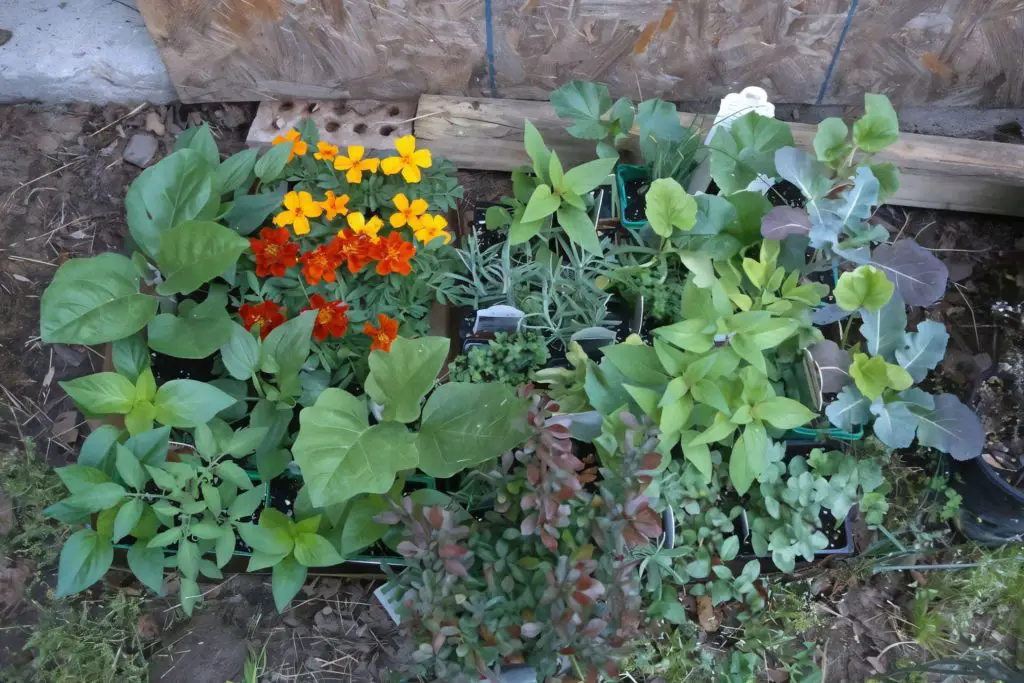
Boosting your garden’s productivity doesn’t always require more space or advanced techniques. Sometimes, the simplest methods, like companion planting, can yield the most significant results. By thoughtfully pairing plants, you can create a garden that thrives naturally.
Yield Improvement
Companion planting can significantly increase your garden’s yield. Certain plants grow better together, enhancing each other’s growth by providing shade, support, or nutrients. For example, planting tomatoes with basil not only makes a delicious combination on your plate but also improves the growth of tomatoes. Basil helps repel insects that could harm the tomatoes, allowing both plants to flourish.
Examples
There are numerous combinations that can boost your garden’s productivity. Beans and corn make an excellent pair. Corn offers a natural trellis for bean vines, while beans enrich the soil with nitrogen, a vital nutrient for corn. Another effective duo is carrots and radishes. Radishes mature quickly, loosening the soil, which helps carrots grow better and allows for a more robust harvest of both.
Using companion planting to enhance yield is an easy and natural way to make the most of your garden space. Next, we’ll look at how certain plant pairings can help manage pests and reduce the need for chemical interventions.
Best Plant Pairings for Pest Control
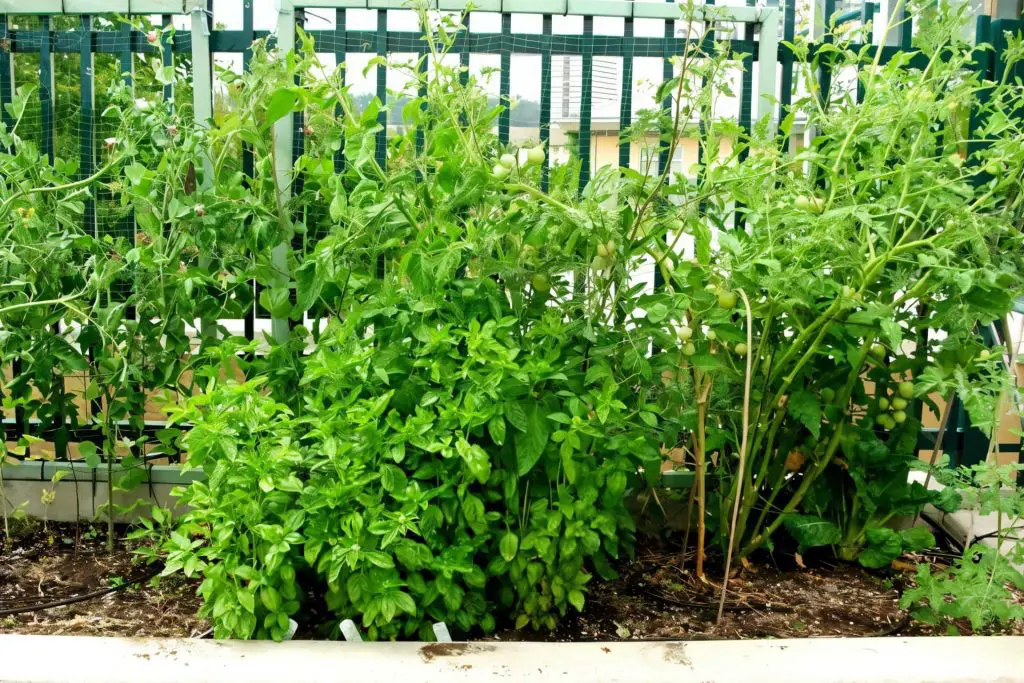
Pests are always a problem when it comes certain plants so, having a garden where plants work together to keep pests at bay, reducing the need for chemical pesticides can remove a lot of headaches . Companion planting can make this a reality. Pairing plants that naturally deter pests can create a healthier, more sustainable garden environment.
Natural Pest Management
Certain plants have natural properties that repel pests, protecting neighboring plants from damage. Marigolds, for example, release a scent that deters nematodes, tiny worms that can harm the roots of many garden plants. When planted near tomatoes, marigolds or or lavender helps keep these pests at bay, allowing tomatoes to grow more robustly.
Effective Combinations
Some plant pairings are particularly effective at controlling pests. For instance, planting garlic near roses helps repel aphids, a common pest that can damage rose bushes. Another excellent combination is nasturtiums and cucumbers. Nasturtiums attract aphids and other insects, drawing them away from cucumbers and acting as a natural trap.
Using companion plants for pest control is a smart and natural strategy. It allows gardeners to reduce reliance on chemical treatments, promoting a healthier garden ecosystem. In the next section, we’ll explore how certain plants can enhance soil health, further supporting your garden’s success.
Companion Plants That Enhance Soil Health
Healthy soil is the foundation of a thriving garden. Companion planting can play a significant role in improving soil quality, ensuring your plants receive the nutrients they need to grow strong and healthy. Let’s explore how certain plants can contribute to soil health.
Soil Enrichment
Certain plants have the ability to enrich the soil by fixing nitrogen or adding organic matter. Legumes, such as beans and peas, are excellent at fixing nitrogen from the air and converting it into a form that plants can use. This process not only benefits the legumes themselves but also improves the soil for other plants in the garden.
Key Plants
Deep-rooted plants like comfrey and alfalfa bring up nutrients from deep in the soil, making them available to shallow-rooted plants. Comfrey, in particular, is known for its ability to accumulate nutrients such as potassium, calcium, and magnesium. When comfrey leaves are used as mulch, they decompose and release these nutrients back into the soil, enriching it for other plants.
Using companion plants to enhance soil health is a sustainable way to maintain a productive garden. These plants naturally improve the soil structure and nutrient content, leading to healthier and more vigorous plant growth. Next, we’ll look at how flowers can support vegetable growth, adding both beauty and functionality to your garden.
Flowers That Support Vegetable Growth
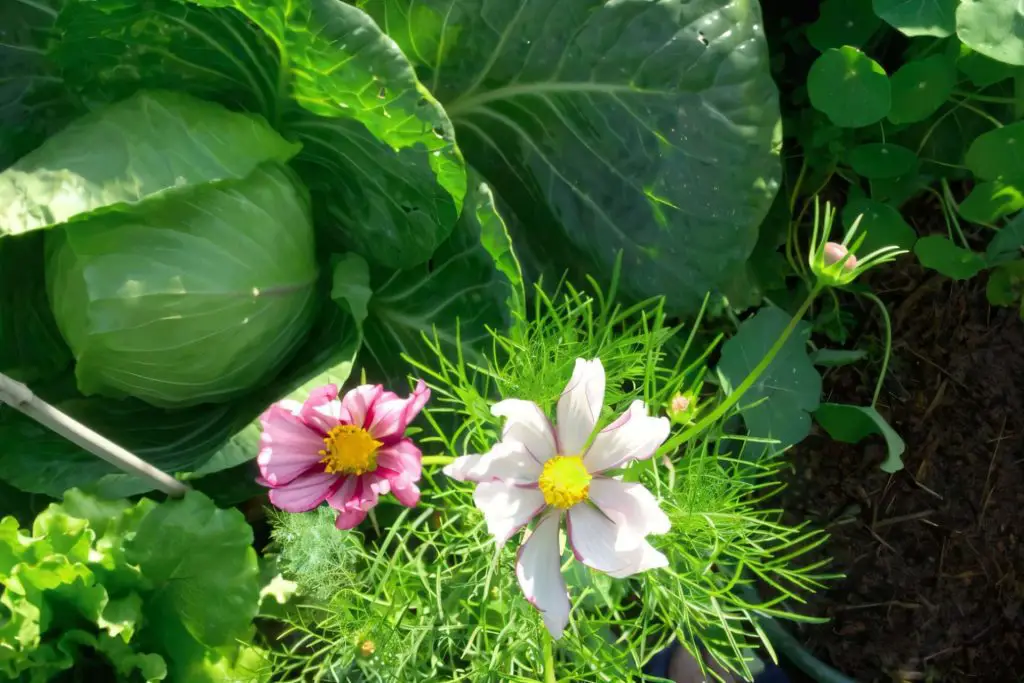
Integrating flowers into your vegetable garden isn’t just about adding color and beauty. Flowers can play a crucial role in supporting the growth and health of your vegetables. They attract beneficial insects, repel pests, and even improve pollination. Let’s discover how to choose the right flowers for your vegetable garden.
Dual Benefits of Flowers
Flowers offer more than just visual appeal; they also attract pollinators like bees and butterflies. These pollinators are essential for many vegetables, such as tomatoes, cucumbers, and squash, to set fruit. Additionally, some flowers release scents or chemicals that deter harmful insects, protecting your vegetables from damage.
Top Flower Choices
Certain flowers are particularly beneficial when paired with vegetables. Nasturtiums, for example, are excellent companion plants for cucumbers and squash. They repel squash bugs and aphids while attracting pollinators. Calendula, or pot marigold, is another great choice. It draws in beneficial insects like ladybugs and hoverflies that prey on garden pests. Sunflowers, with their tall and sturdy stalks, can also provide support for climbing plants like beans and peas, creating a mutually beneficial relationship.
Selecting the right flowers to support vegetable growth can significantly enhance the health and productivity of your garden. Not only do these flowers help with pollination and pest control, but they also add a delightful aesthetic to your garden space. In the next section, we’ll provide a detailed chart of the best plant pairings, making it easier for you to plan your companion planting strategies.
How to Start Companion Planting
Getting started with companion planting might seem overwhelming, but it’s easier than you think. Beginning with a few basic steps can set you on the path to a thriving, symbiotic garden.
Assess Your Garden Space
Evaluate your garden’s layout and conditions. Note the amount of sunlight, soil type, and existing plants. Understanding these factors will help you choose the right companion plants that will thrive in your specific environment.
Research Plant Pairings
Consult reliable resources to find compatible plant pairings (we provide a helpful companion planting chart below to get you started). Look for combinations that address your gardening goals, whether it’s boosting yields, managing pests, or improving soil health. Our chart of best plant pairings is a great place to begin.
Plan Your Garden Layout
Sketch a rough layout of your garden to visualize where each plant will go. Group plants that benefit each other close together, ensuring proper spacing to avoid overcrowding. Consider the mature size of each plant to provide adequate room for growth.
Start Small
Begin with a few easy-to-manage combinations. For example, plant basil with tomatoes or marigolds with cucumbers. Starting small allows you to observe the benefits of companion planting without overwhelming yourself.
Monitor and Adjust
Regularly check your garden to see how well your companion plants are doing. Note any improvements in plant health, pest reduction, or yield. Adjust your pairings and layout as needed based on your observations.
Rotate and Experiment
Rotate your crops each season to maintain soil health and reduce pest buildup. Don’t hesitate to experiment with new plant pairings to discover what works best in your garden.
Starting companion planting involves thoughtful planning and ongoing observation. Implement these steps to create a garden where plants work together for mutual benefit, leading to a healthier and more productive gardening experience.
Best Plant Pairings Chart
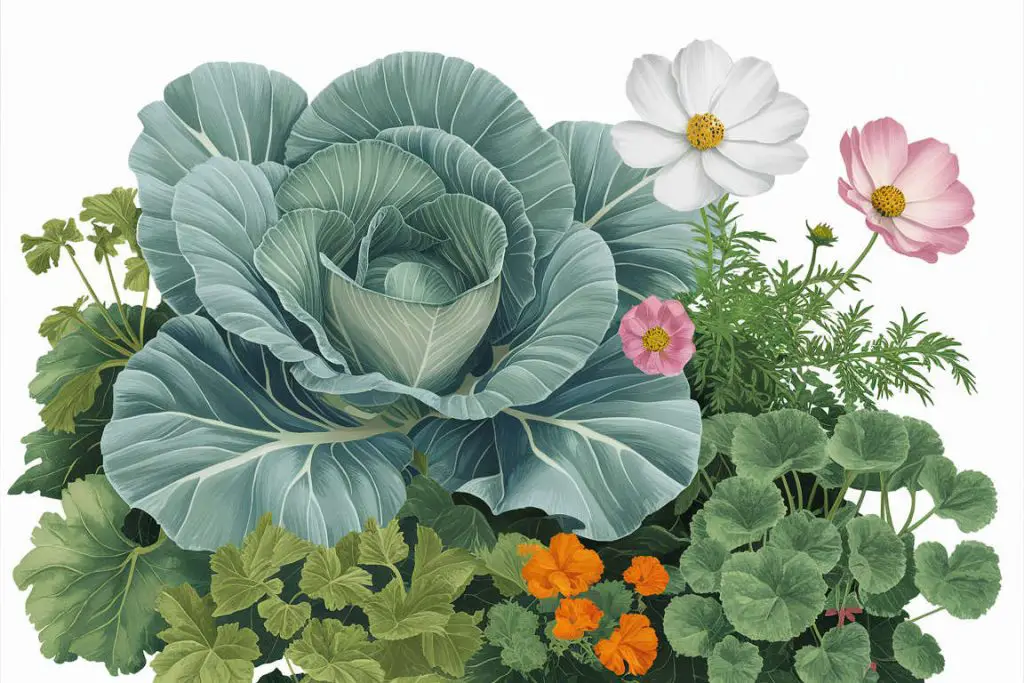
To make companion planting easier, here’s a detailed chart of some of the best plant pairings. Use this as a guide to create a thriving, mutually beneficial garden.
| Vegetable | Companion Plant | Benefits |
|---|---|---|
| Tomatoes | Basil | Repels insects, improves flavor |
| Cucumbers | Nasturtiums | Repels squash bugs and aphids, attracts pollinators |
| Carrots | Radishes | Loosens soil for better carrot growth |
| Corn | Beans | Provides support for beans, beans fix nitrogen |
| Beans | Corn | Fixes nitrogen for corn, uses corn as a trellis |
| Roses | Garlic | Repels aphids, improves growth |
| Lettuce | Radishes | Repels pests, improves growth |
| Spinach | Strawberries | Attracts beneficial insects, improves flavor |
| Peppers | Onions | Repels aphids and spider mites |
| Eggplant | Marigolds | Repels pests, attracts beneficial insects |
| Broccoli | Dill | Repels pests, attracts beneficial insects |
| Cabbage | Chamomile | Improves flavor, attracts beneficial insects |
| Potatoes | Horseradish | Repels pests, improves growth |
| Peas | Carrots | Loosens soil, fixes nitrogen |
| Beets | Onions | Repels pests, improves flavor |
| Squash | Nasturtiums | Repels squash bugs, attracts pollinators |
| Tomatoes | Lavender | Repels pests, attracts pollinators |
| Cabbage | Lavender | Repels pests, attracts beneficial insects |
| Broccoli | Lavender | Repels pests, attracts beneficial insects |
| Roses | Lavender | Repels aphids, improves growth |
| Peppers | Lavender | Repels pests, attracts pollinators |
The act of pairing the right plants together can lead you to achieving a healthier and more productive garden. The above chart highlights some of the most effective combinations, showcasing how companion planting can benefit your garden in multiple ways.
Additional Tips for Successful Companion Planting
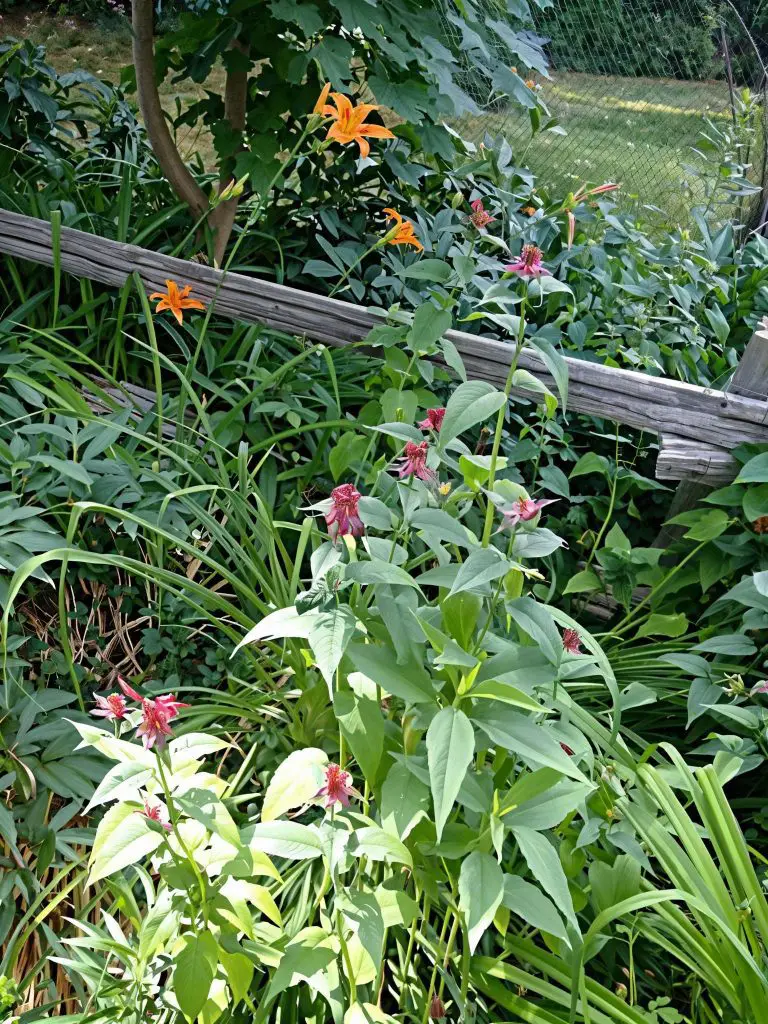
Creating a successful companion planting garden involves more than just pairing the right plants. Consider several additional factors to ensure your garden thrives. These tips will help you maximize the benefits of companion planting.
Plant Spacing and Timing
Proper spacing is crucial for companion planting. Plants need enough room to grow without competing for nutrients or sunlight. For example, interplanting fast-growing radishes with slower-growing carrots allows both to thrive without overcrowding. Timing is also important. Planting certain companions simultaneously, like basil and tomatoes, ensures they provide mutual benefits throughout the growing season.
Rotation and Diversity
Rotating crops each season prevents soil depletion and reduces the risk of pests and diseases. Diversity in plant selection helps create a balanced ecosystem. Avoid planting the same family of plants in the same spot year after year. For instance, rotate legumes with leafy greens to maintain soil fertility and break pest cycles.
Experimenting
Gardeners often find success by experimenting with different plant combinations. One gardener reported that planting marigolds with her vegetables drastically reduced pest problems and improved overall plant health. Sharing these experiences can inspire others to try new pairings and discover what works best in their gardens.
In truth, successful companion planting requires thoughtful planning and observation. Implementing these tips will help you create a more productive and harmonious garden. In conclusion, companion planting offers a natural and effective way to enhance your gardening efforts, leading to a healthier, more bountiful harvest.
Final Thoughts: Harvesting the Benefits of Companion Planting
Cultivating a garden where plants support each other naturally leads to a more productive and healthy growing environment. Companion planting offers numerous advantages, from improved yields and natural pest control to enhanced soil health and attractive, functional flower pairings.
By understanding the relationships between different plants and implementing strategic pairings, you can create a thriving garden ecosystem. Our detailed chart and additional tips provide practical guidance for gardeners of all experience levels.
Embrace the principles of companion planting to transform your garden into a vibrant, productive space where every plant plays a role in the collective success. Start experimenting with different combinations, observe the benefits, and enjoy the abundant harvests that follow.
